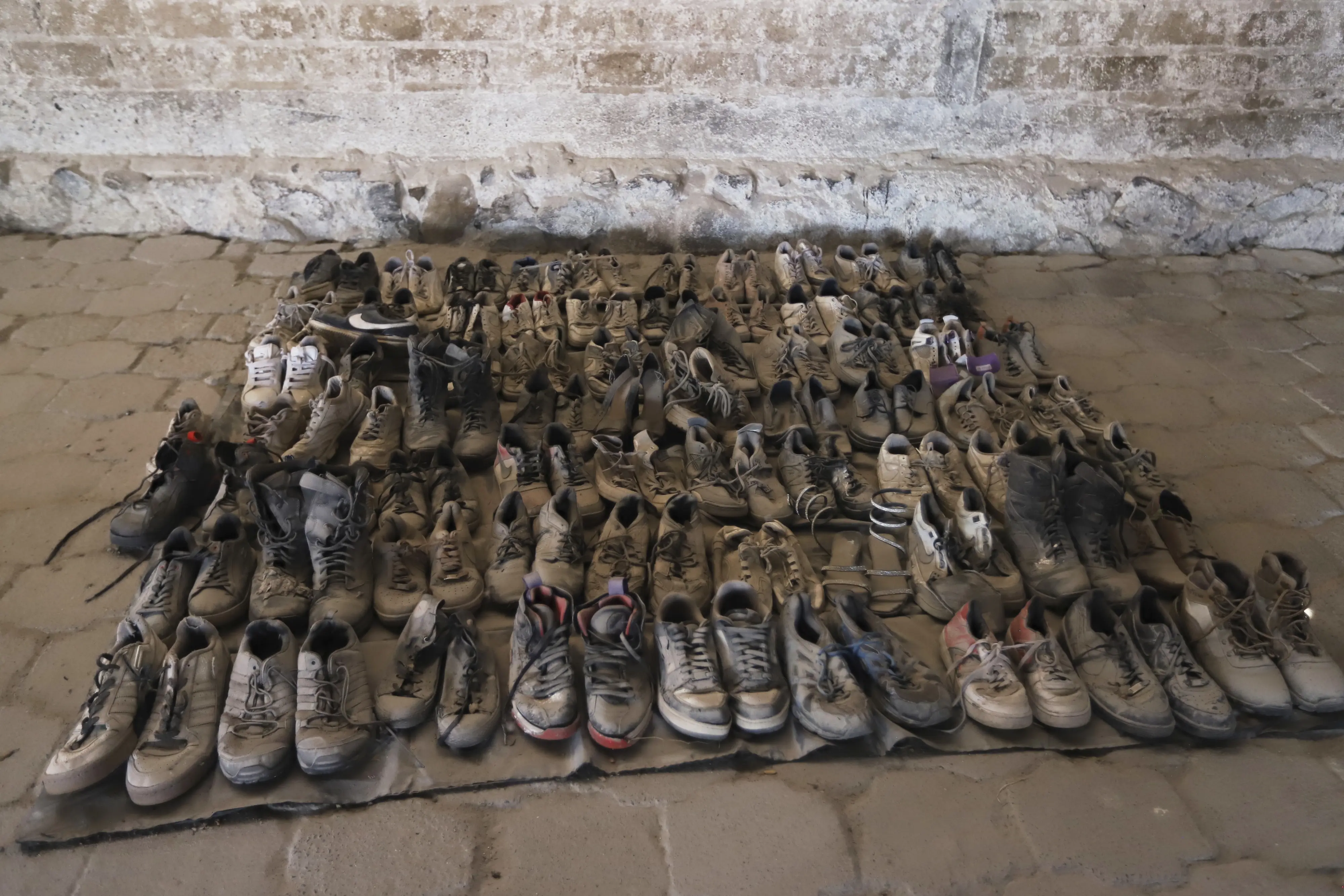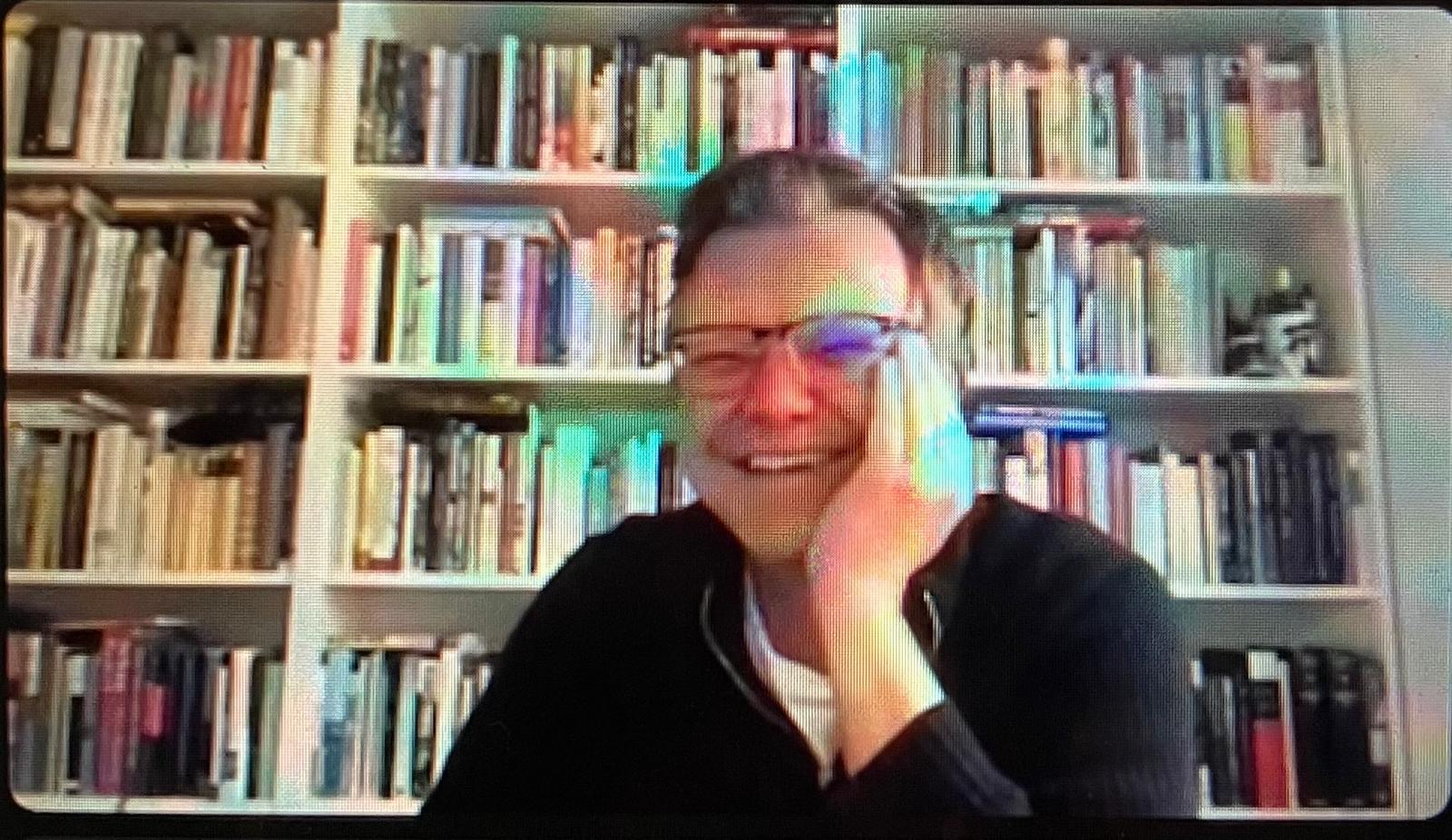August and December 2024 Issue features:
Notes on plant companionship: from Rosa Luxemburg’s herbarium to Jumana Manna’s Foragers
Agata Lisiak
In this article, the author proposes thinking of Rosa Luxemburg’s herbarium as a manifestation of plant companionship, a term she uses to describe the practice of noticing plant life and acknowledging it for what it is, caring for and about it, protecting and defending it, and remaining humbly open to what we do not (yet) know about it. She traces an ecofeminist genealogy of plant companionship by gleaning connections between Luxemburg’s political ecology and the work of contemporary women artists who engage with the politics of human relationships with plants – Milena Bonilla, Marwa Arsanios and Jumana Manna – as well as John Berger’s writings and drawings that highlight the epistemic and ontological openness that is required of humans in life-affirming engagements with the nonhuman. Relationally thinking about struggles from different geographies and temporalities, the author believes, can draw together the two most pressing causes of our time – human liberation and earth liberation.
The visual culture of ‘Silicon Heartland’: architecting agricultural past as infrastructural future
Megan Wiessner, Sam Kellogg, and Nicole Starosielski
This visual essay traces the mediated production of an emergent sense of place, the ‘Silicon Heartland’, through one of its epicenters, the growing town of New Albany, Ohio. Here, visions of midwestern pastoral heritage and industrial productivity are leveraged in support of the region’s transformation into a key logistical and manufacturing hub for the global digital economy. Already home to numerous data and distribution centers, New Albany is undergoing yet another influx of capital investment and infrastructure construction as the future home of a 28-billion dollar Intel chip factory. The authors combine their own site photographs and stills from drone footage with excerpted material from promotional videos, screenshots, and planning documents to reveal how the visual culture of Silicon Heartland scaffolds these investments and transformations. By dissecting, reading, and layering these materials against one another and alongside literature on the emplacement of data centers, they show how the spatial transformation of rural Ohio is articulated through a worldview in which an idealized vision of the midwest’s agricultural past harmoniously supports capitalism’s digital future.
At the crossroads: photography, ecology and heritage in Istanbul
Berin Golonu
This article looks at three contemporary photo-based projects that reference Istanbul’s visual histories and document its endangered ecologies. These works take a critical approach to cultural heritage practices in contrast to official discourses that serve state power or justify capital accumulation. Osman Bozkurt’s Scenes, Ali Taptık’s Topographic Nostalgia, and Cemre Yeşil and Maria Sturm’s For Birds’ Sake focus on the relationships between the human and non-human elements of urban geographies. Their projects conceive of heritage as a practice that combines ecological concerns with preserving the cultural remnants of the urban past. Whether critiquing the aesthetic conventions of the picturesque, evoking an affective engagement with the viewer, or conjuring memories of displaced populations, these artists explore different visual approaches to embodying and remembering urban space and place. Taking a cue from their works, this article contemplates the possibility of envisioning heritage futures that can protect Istanbul’s biodiversity while being inclusive of cultural difference.
Two Inter-s: Interdisciplinarity and Internationality
Mieke Bal
In this article I argue for a form of identity with an expectation and a promise of relationality. Europe needs such a commitment if it wants to be a union. The mode of living in what I call ‘being in-between’ entails a relationship with others, persons, groups, and cultures, even in cases where linguistic difference makes communication difficult. Here I continue that reflection considering different usages of that preposition inter- in its usual form derived from Latin. If there exists a metaphor that might be useful for evaluating the specific use of any concept, it could be ‘elasticity’. For, that word suggests an unbreakable and a near-unlimited extensibility. This is the paradoxical status of concepts that help us live with and through the following dilemma: only practice can pronounce on theoretical validity, while without theoretical validity, no practice can be evaluated. Hence, it is in the double framework where thinkers and creators hold hands that we can continue to invent Europe in significant-creative ways.
Kamini Vellodi
This paper offers a response to Mieke Bal’s 2022-2023 College de France lectures, engaging in a dialogue with her concepts, in particular the concept of the inter-, which she also calls the ‘being-between’ (être-entre). My aim is to take Bal’s concepts in directions that reflect current and emerging topics of concern, notably the question of the orientations and potentials of art in a planetary age.
The photographic depiction of populism
Julian Stallabrass and in conversation with Christian Lutz
This interview explores the ways in which the complex phenomenon of right-wing populism in Europe was captured visually in a book and exhibition project by Christian Lutz. The dialogue includes discussion of Lutz’s approach to the subject, his way of working, his relations to his subjects, and the way in which he assembled image sequences in the book and when the photographs are displayed. Questions are raised about the interaction of people and their visual environments, whether populism can be grasped visually, and how documentary may be used to construct narrative.
Diaries of an impasse: the video works of Basma Alsharif
Samira Makki
This article offers a new reading of Basma Alsharif’s work explored through the form of diary film. By problematizing the term ‘post- Palestinian’ with which Alsharif’s practice has been described, the author foregrounds the limits of post-language in attending to Alsharif’s treatment of home in her two short films We Began by Measuring Distance (2009) and Home Movies Gaza (2013). Lauren Berlant’s theorization (see Cruel Optimisim, 2011) of the impasse serves as a key companion to probing the critical capacity of Alsharif’s films in revisiting certain attachments to the concept of home in relation to Palestine and in exploring other affective binds that foster collective rehearsals towards liberation.
Moonshots: high-resolution aesthetics and the post-digital past
Ella Klik
As humanity’s fascination with future cosmic voyages grows, the allure of images of outer space taken in the 20th century persists. This article examines how engineers, professionals and users rework old documentation of human and nonhuman endeavors into space. The study considers three cases of digitizing, remastering and algorithmically enhancing NASA-produced photographs and moving images: the digitization of rediscovered Lunar Orbiter satellite images that were transmitted and recorded on magnetic tapes in 1966; the digital modifications and augmentations of astronaut photography showcased in Andy Saunders’ book, Apollo Remastered (2022); and the enhancement of 16mm footage from the Apollo missions by enthusiasts using open-source tools to synthetically generate details and frames never captured on camera. Through a critical analysis of their discourses, the author argues that the idealization of high resolution and ‘seeing in detail’ assumes that historical materials – and perhaps the past itself – must be continuously updated to visually fit our current media standards.
–
https://journals.sagepub.com/toc/vcua/23/2





